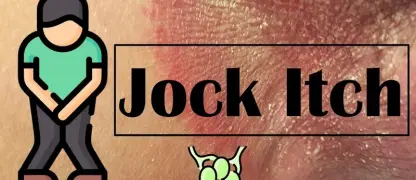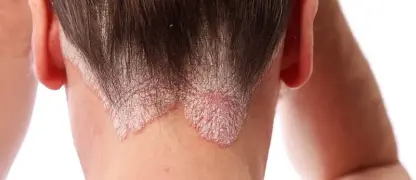A sudden high fever in your child can be alarming. Understanding roseola, a common childhood illness, can ease your worries by helping you recognize the signs and know what to expect. Don't be caught unprepared when the fever breaks and the rash appears.
What are the main causes of Roseola?
- Roseola is caused by Human Herpesvirus 6 (HHV-6) and is medically known as sixth disease, placing it in the herpesvirus family.
- Is roseola contagious? Yes, the virus spreads through respiratory droplets when an infected person coughs, sneezes, or talks nearby.
- It is an extremely common childhood illness, primarily affecting infants and toddlers between the ages of six months and two years old.
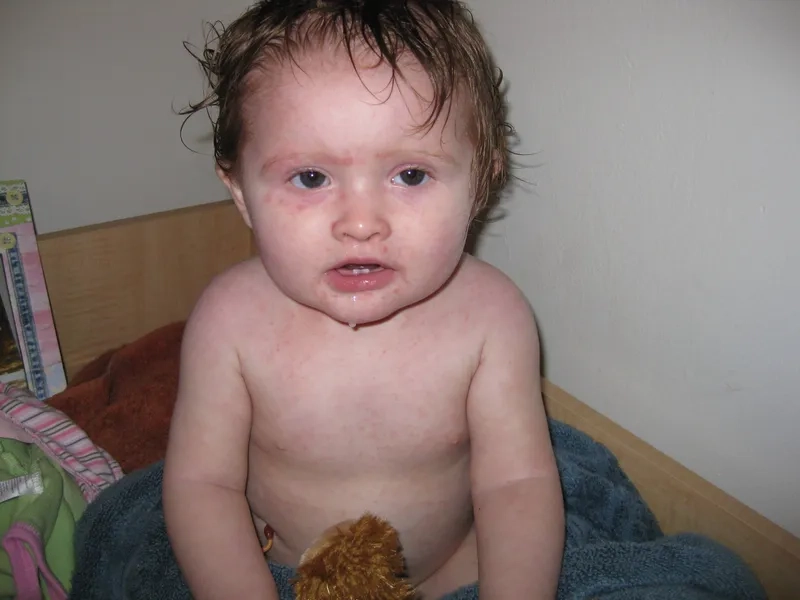
Key symptoms of Roseola to watch for
- The illness begins with a sudden high fever, often over 39.4°C (103°F), which can last for three to five days before disappearing abruptly.
- After the fever breaks, the classic roseola rash appears, consisting of small pink spots that typically start on the trunk.
- Other roseola symptoms in babies can include irritability, mild diarrhea, a decreased appetite, and swollen lymph nodes in the neck area.
How can you prevent Roseola effectively?
- There is no specific vaccine available for roseola prevention, making good hygiene the primary defense against the spread of this virus.
- Encourage frequent and thorough handwashing with soap and water for everyone in the household to help remove and wash away the virus.
- Keep children who have a fever away from others to prevent transmission, especially in childcare settings or around other young children.
>>> Details at: Paracoccidioidomycosis - A systemic fungal infection
Pictures of roseola rash
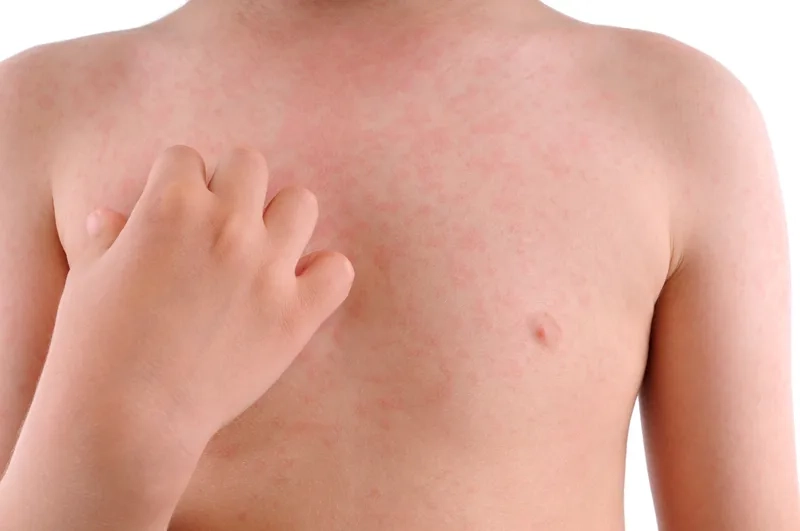
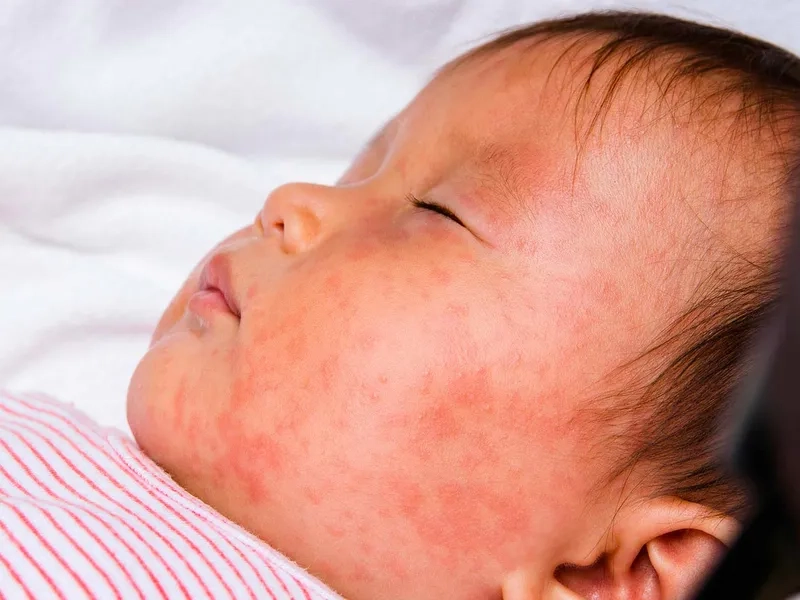
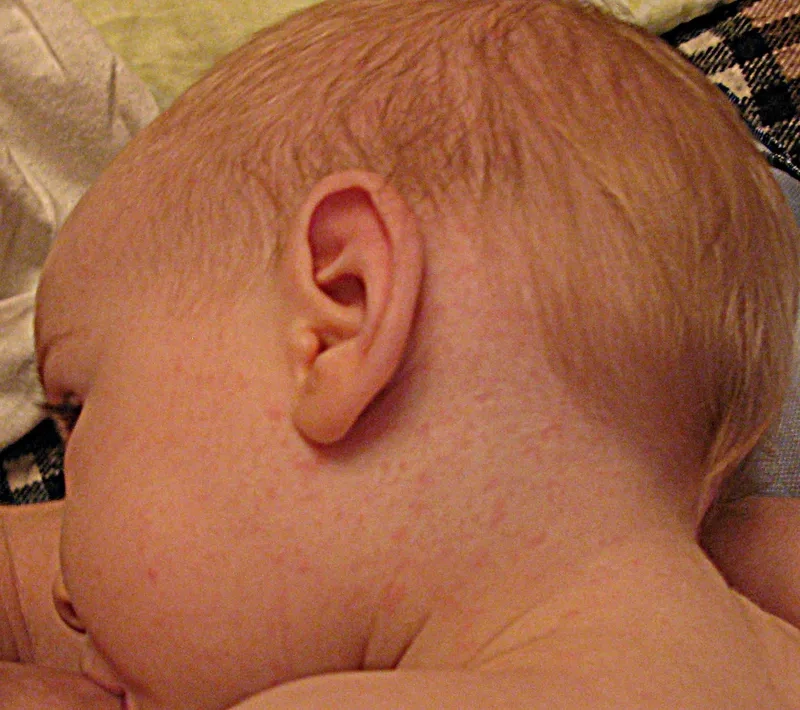


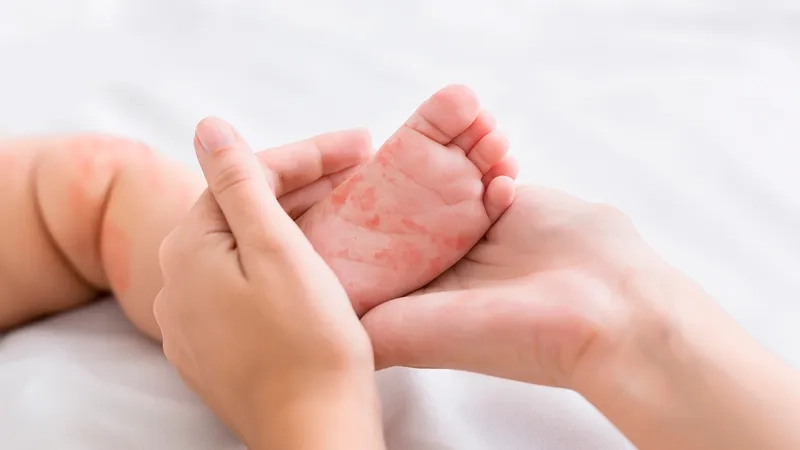

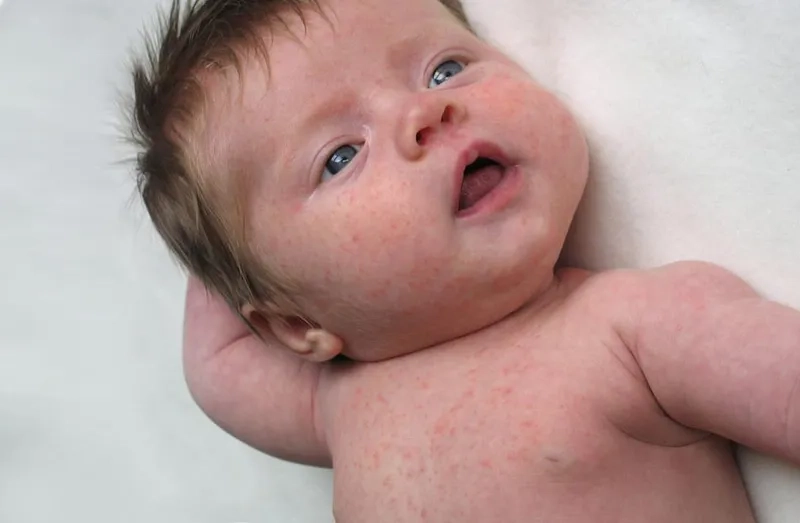
>>> Read more here: Pityriasis versicolor - A common fungal skin condition
While roseola treatment is mainly supportive care, knowing the signs is key. If your child has a very high fever or experiences febrile seizures, seek immediate medical advice for peace of mind.
>>> Learn fully at: Pneumocystis pneumonia - A risk for the immunocompromised



